Thank you, Coca-Cola company.
Or should I say, "gracias" (Spanish), "salamat" (Tagalog), "धन्यवाद" (Hindi) — three of seven languages featured in the Coke Super Bowl commercial that aired last night.
During the singularly American cultural event known as the Super Bowl, at a time of political division on hot-button issues such as immigration and same-sex marriage, Coke dropped an ad that is at once provocative and compulsory, as bold as it is necessary. In all the years I've been watching Super Bowl commercials, I cannot recall seeing a minute-long, multicultural, multilingual ad as expansive and sweeping a statement about diversity and inclusiveness in our demographically changing country — and set to the tune of "America, the Beautiful," no less.
The Coke commercial, part of a package of 12 videos (and you can watch full ads in Hebrew, Senegalese-French, Arabic, etc.), is called "It's Beautiful."
And it is beautiful, indeed.
Not to mention, it's also a loud statement on the eve of the Sochi Games in Russia. Until last night, Coke, a major sponsor at Sochi, has been criticized for staying silent on Russia's anti-gay laws.
Coke, of course, is in the business of selling sodas and sustaining a corporate brand. But the Coke ad spoke to me in many levels: as someone of Filipino background, as a gay man, as an undocumented immigrant who spoke with an accent as I struggled to "speak American" in my first few years in the U.S. I had to watch the ad several times to make sure that, yes, I did see an interracial gay couple holding their daughter in a skating rink. (According to GLAAD, this was the first gay family to be featured in a Super Bowl ad.) I almost bolted out of my seat when I heard a young girl's voice sing in Tagalog, "Sa ibabaw ng mga prutas!" ("Above the fruited plain!") It's a surprise to most people when I tell them that Filipino-Americans are the third-largest immigrant group in the U.S., behind Mexican-Americans and Chinese-Americans.
Growing up in the Philippines — where I lived until I was 12, when my mother sent me to live with her parents in the U.S. to give me a better life — America meant cans of Spam and bags of M&M's. America was the songs of Whitney Houston and Michael Jackson. America was McDonalds and Coke. It wasn't until I got to America, in the summer of 1993, that I realized that America is more than what it sounds like and what it sells. In the spring of 1997, when I went to the DMV to get my driver's permit and found out that the green card my grandfather gave me was fake, America became altogether something else.
Recently, as part of a new campaign to promote the Pledge, a new symbol for the immigrant rights movement, I directed a video that features 30 undocumented immigrants from various countries (Mexico, India, Kenya) pledging allegiance to the American flag that does not recognize us.
The video, as I envisioned it, would take something as familiar as the Pledge of Allegiance, which I've been reciting since I was in middle school, and marry it to the seemingly unfamiliar — the faces and stories of undocumented immigrants who long to be treated as human beings, not "illegals," and strive to become American citizens in the same vein as Irish, Italian, German, and Eastern European immigrants many decades before. We want to recite the pledge like many immigrants before us. That flag is our flag too. The Pledge video, which has been viewed more than 625,000 times, has drawn considerable negative reaction on YouTube.
The same was the case with Coke's Super Bowl ad, which immediately attracted ugly, downright hateful reactions best summed up by the #SpeakEnglish hashtag on Twitter. Like many immigrants before me, I learned to speak English. I speak Tagalog too, and I hope to speak Spanish and Mandarin, Arabic, and French, because, in a more connected and globalized age, the more languages I speak, the better.
A can of Coke aside, I live and love an America that speaks in many tongues.


